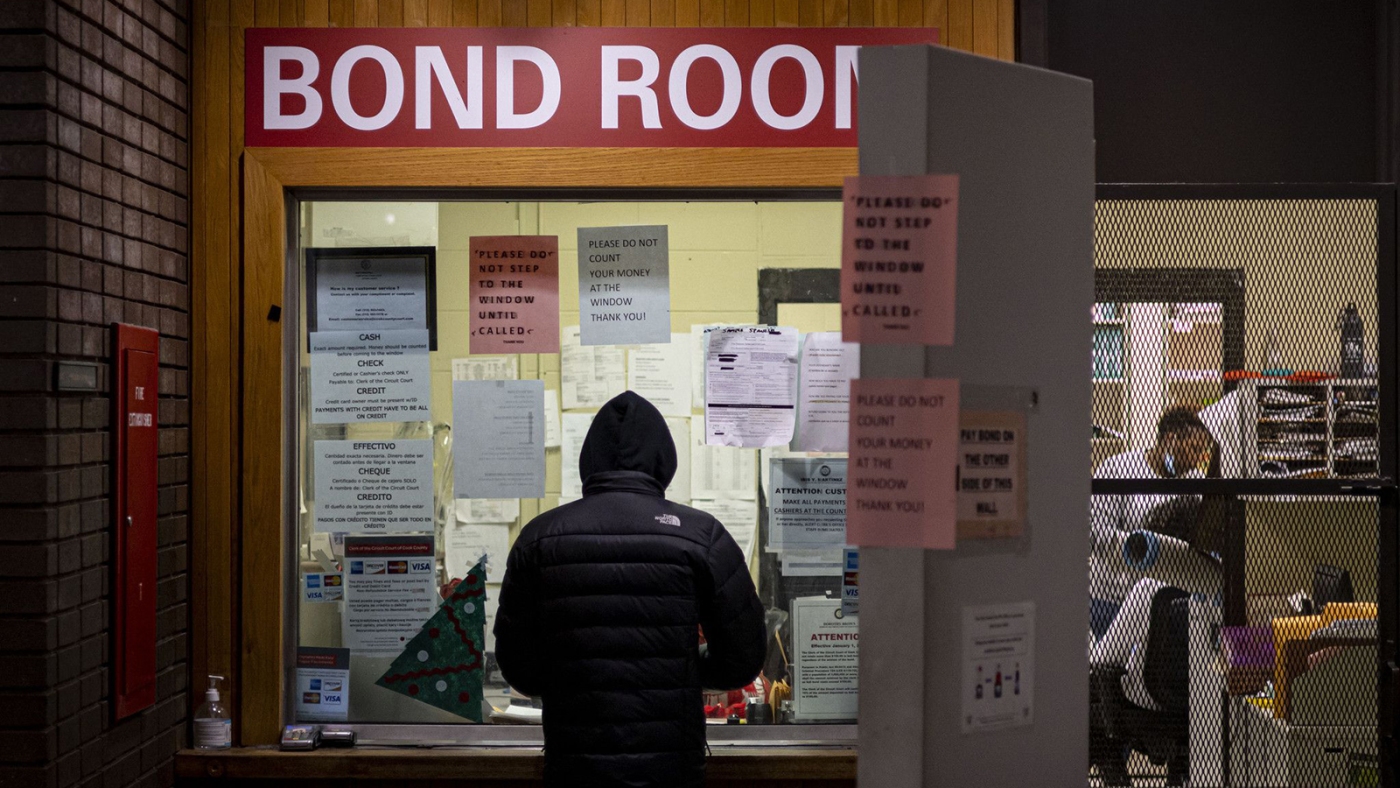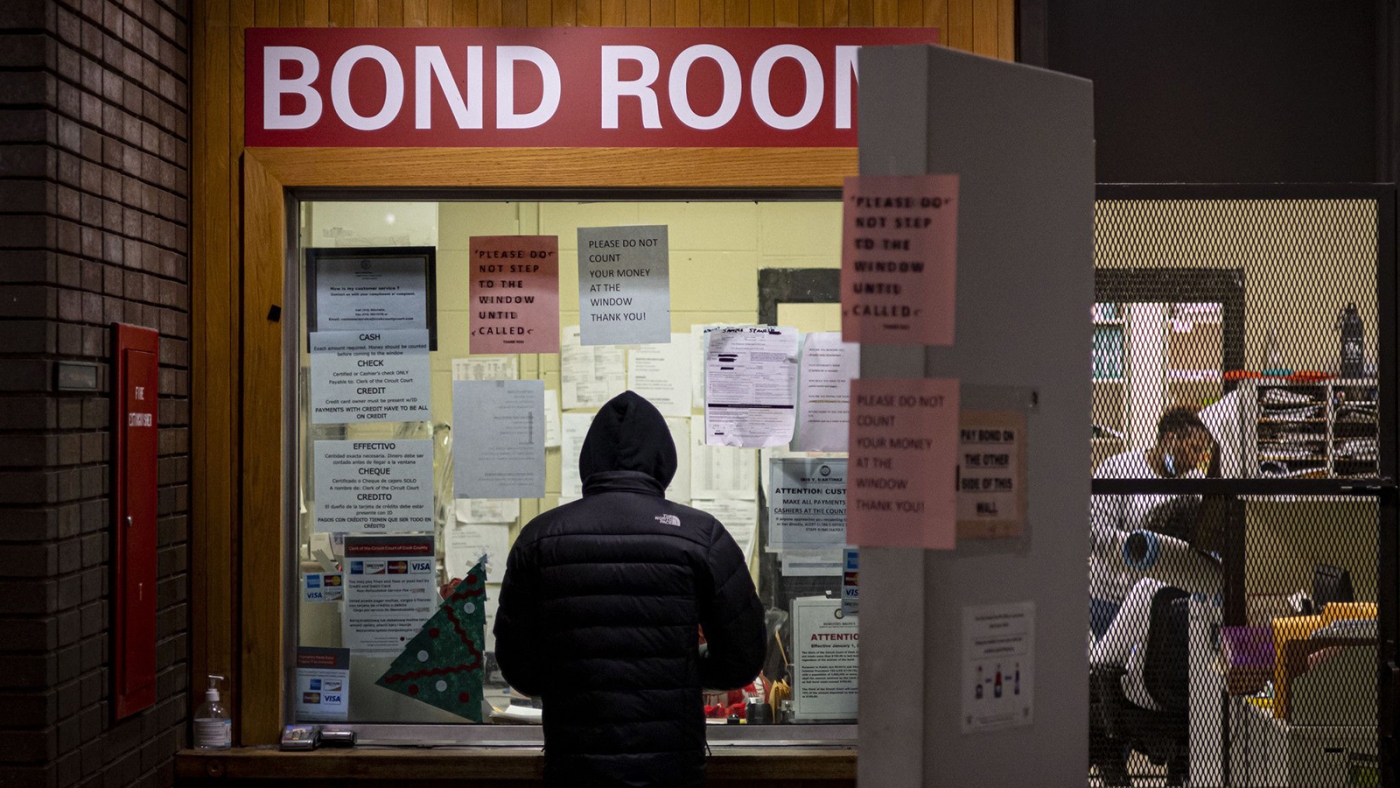The Shifting Sands of Justice: Community Bail Funds Under Scrutiny
Introduction: A Movement Born from Injustice
The year 2020 was a turning point for many reasons—a global pandemic, a contentious election, and a nationwide reckoning with racial injustice. Amidst the chaos, the murder of George Floyd ignited a wave of protests that brought systemic inequities in the criminal justice system into sharp focus. One of the most glaring issues was the cash bail system, which disproportionately affects low-income individuals and people of color. In response, community bail funds emerged as a powerful tool for reform, posting bail for those who could not afford it. However, this movement has since faced intense scrutiny, particularly from Republican lawmakers. This report explores the rise of community bail funds, the backlash they face, and the broader implications for bail reform in the United States.
The Rise of Community Bail Funds: A Surge of Support
Community bail funds are not a new concept, but their prominence surged in 2020. The National Bail Fund Network, a collective of over 90 non-profits across 38 states, reported that at least $100 million was donated to bail funds in that year alone. Several factors fueled this unprecedented support:
Heightened Awareness and Public Outcry
The widespread media coverage of police brutality and mass arrests during the 2020 protests brought the issue of cash bail to the forefront of public consciousness. Many saw the system as inherently unfair, disproportionately affecting those who could not afford to pay. This awareness sparked a collective desire to take action.
Perceived Injustice and Racial Disparities
The cash bail system has long been criticized for its racial and economic biases. Studies show that people of color are more likely to be held in pre-trial detention simply because they cannot afford bail. Community bail funds became a way to challenge this injustice directly.
Direct Action and Tangible Impact
Donating to bail funds provided a tangible way for individuals to support protesters and advocate for systemic change. Unlike broader political movements, bail funds offered immediate, measurable impact—helping individuals regain their freedom while awaiting trial.
Efficiency and Long-Term Impact
The influx of donations allowed bail funds to expand their operations, posting bail for more individuals and advocating for broader reform. This expansion, however, also drew scrutiny from critics.
The Republican Backlash: Concerns and Criticisms
The rise of community bail funds has been met with resistance, primarily from Republican lawmakers. Their criticisms center on several key concerns:
Flight Risk and Public Safety
Critics argue that posting bail for individuals increases the likelihood that they will fail to appear in court, potentially endangering the public. This concern is rooted in the belief that bail serves as a deterrent for re-offending while awaiting trial.
Lack of Accountability and Oversight
Some lawmakers contend that community bail funds operate without sufficient oversight, allowing them to release individuals who may pose a threat to the community. Questions have also been raised about financial accountability, with some funds facing backlash for not using donations as transparently as donors expected.
Undermining the Justice System
Opponents believe that these funds interfere with the traditional bail system, which they view as a necessary tool for ensuring public safety and deterring crime. They argue that community bail funds undermine the rule of law by circumventing established judicial processes.
Legislative Efforts to Restrict Bail Funds
These concerns have led to legislative efforts aimed at regulating or restricting the operations of community bail funds. In Pennsylvania, legislation has been proposed to require bail funds to register and be subject to regulation. In Kentucky, a bill has been filed to ban groups from raising bail funds altogether. In Texas, lawmakers have renewed efforts to restrict certain types of bail and limit the scope of community bail funds.
The Impact on Individuals and Communities: A Complex Picture
The debate over community bail funds raises fundamental questions about fairness, equity, and public safety. While proponents argue that these funds play a crucial role in addressing systemic injustices, critics contend that they undermine the rule of law and endanger communities. The truth is likely more nuanced.
Potential Benefits
- Reduced Pre-Trial Detention: By posting bail for individuals who cannot afford it, community bail funds help to reduce the number of people held in pre-trial detention, which can have devastating consequences for their lives, families, and employment.
- Reduced Racial Disparities: Because people of color are disproportionately affected by the cash bail system, community bail funds can help to reduce racial disparities in pre-trial detention rates.
- Increased Court Appearance Rates: Studies have shown that individuals released on bail, whether through their own means or with the assistance of a bail fund, have high rates of court appearance.
- Economic Benefits: By reducing the number of people held in pre-trial detention, community bail funds can save taxpayers money and boost local economies.
Potential Risks
- Increased Crime Rates: Critics argue that releasing individuals on bail may lead to an increase in crime rates, as some individuals may re-offend while awaiting trial.
- Failure to Appear: While studies suggest high court appearance rates for those released on bail, there is always a risk that some individuals will fail to appear, potentially hindering the justice process.
- Lack of Oversight: The lack of regulation and oversight of community bail funds raises concerns about financial accountability and the potential for misuse of funds.
Beyond the Backlash: The Future of Bail Reform
The controversy surrounding community bail funds highlights the ongoing debate over bail reform in the United States. While cash bail remains the dominant system in many jurisdictions, there is growing support for alternatives to pre-trial detention, such as risk assessment tools, supervised release programs, and electronic monitoring.
Political Will and Bipartisan Efforts
Meaningful reform will require a bipartisan effort, with lawmakers from both parties willing to compromise and address the concerns of all stakeholders. This will involve finding common ground between those who prioritize public safety and those who advocate for individual liberty.
Data and Research
More data and research are needed to assess the effectiveness of different bail reform models and to identify best practices for ensuring public safety and reducing pre-trial detention rates. Evidence-based policies will be crucial in shaping the future of bail reform.
Community Engagement
Engaging with communities affected by the cash bail system is essential to developing solutions that are fair, equitable, and effective. This includes listening to the experiences of those who have been impacted by the system and incorporating their perspectives into policy decisions.
Addressing Root Causes
Ultimately, addressing the root causes of crime, such as poverty, inequality, and lack of opportunity, is essential to creating a more just and equitable society. Bail reform is just one piece of the puzzle, but it is an important step toward a more fair and effective criminal justice system.
Conclusion: A Crossroads of Compassion and Caution
The story of community bail funds is one of rapid ascent, driven by a surge of compassion and a desire for justice, followed by a descent into political crosshairs. These funds represent a powerful expression of community action, but their rise has triggered legitimate concerns and sparked legislative efforts to curb their influence. The future remains uncertain. Will community bail funds continue to operate as a vital safety net for the marginalized, or will they become increasingly restricted by legislative constraints? The answer likely lies in a balanced approach—one that acknowledges the potential benefits of these funds while addressing the legitimate concerns about public safety and accountability. The path forward requires open dialogue, data-driven decision-making, and a commitment to finding solutions that promote both justice and community well-being. As the nation continues to grapple with these complex issues, it is imperative that we engage in thoughtful, informed dialogue and work towards solutions that promote both public safety and individual liberty.








